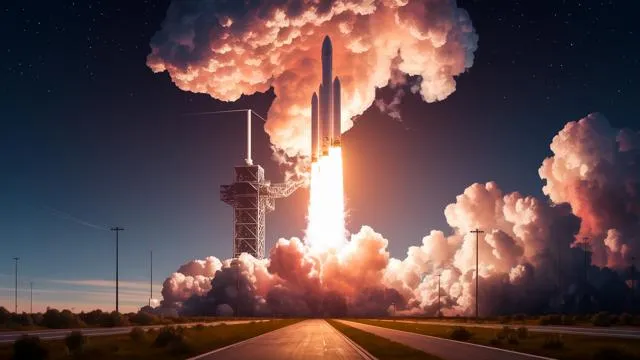In the vast, arid landscapes of West Texas, an engineering marvel stretches across the horizon. This marvel, a 42-mile-long conveyor belt known as 'The Dune Express,' is revolutionizing sand transport for hydraulic fracturing, or fracking, in the oil-rich Permian Basin.
Unlike the fictional dunes of science fiction lore, this 'Dune' is very real. It moves millions of tons of sand from Kermit, Texas, to Lea County, New Mexico, without the need for traditional, and often hazardous, truck transport.
The conveyor belt, a $400 million investment by Atlas Energy Solutions, is not just a feat of engineering. It's a bold statement on the future of industrial logistics and environmental consideration. By replacing hundreds of truck trips daily, 'The Dune Express' significantly reduces road traffic, lowering the risk of accidents and decreasing the carbon footprint associated with sand transport.
However, the project is not without its critics. Environmentalists express concerns over the potential for increased drilling activities and the impact on local wildlife, including the endangered sagebrush lizard.
Despite these concerns, the conveyor belt represents a significant shift towards more sustainable practices in the oil industry. It showcases how innovation can lead to both economic and environmental benefits.
As 'The Dune Express' continues to operate, it serves as a reminder of the complex balance between industrial progress and environmental stewardship. This narrative will undoubtedly continue to evolve as we seek more sustainable solutions to our energy needs.










